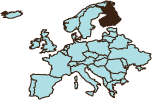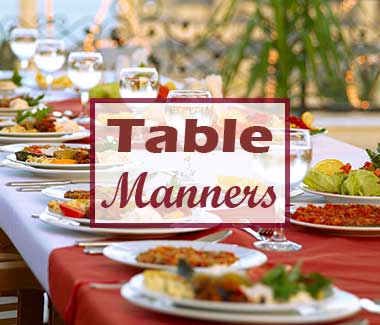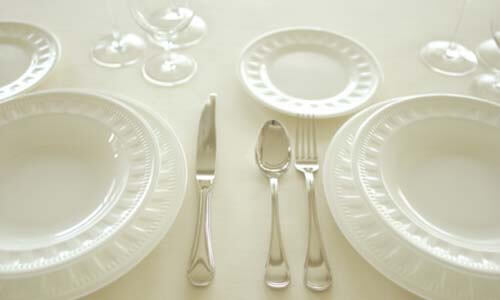Finland Etiquette
international dining etiquette
Dining etiquette for toasts. Do not reach for your drink, either at the table or beforehand, until the host or hostess has made a toast: at that moment, you should take your drink and raise it. Wait for the host or hostess to make the first toast. Maintain direct eye contact throughout a toast. A Finnish variation is to never toast the host or hostess; they will open the meal with a toast to the guest(s) of honor or to the entire table, but you do not toast them back. You may, however, toast others at the table.
At the end of the meal, the male guest of honor is usually obligated to thank the host or hostess, acting as a spokesperson for all the guests. This is done quietly, by simply stating a thank-you for the meal to the hostess. This thank-you should be done as soon as the meal is over (before the coffee, which will be served quite some time later, usually away from the table). Do not wait until the end of the evening to thank the hostess for the meal.
A common Finnish toast is "Kippis," which means "Cheers." If you are interacting with Swedes in Finland, you will want to be sure to toast in Swedish by saying, "Skal".
table manners
Dining etiquette for beginning to eat. Do not begin eating until the host has invited you to do so.
Dining etiquette for utensils. The knife remains in the right hand, and the fork remains in the left. When the meal is finished, the knife and fork are laid parallel to each other across the right side of the plate, the tips pointing to the ten o' clock position: the knife should be above the fork, with the blade side pointing in toward the plate.
Dining etiquette for the place setting. The fork and spoon above your plate are usually for dessert. Always start from the outside and work your way in, course by course. There will be separate glasses provided at your setting for water and white and red wine (after-dinner drink glasses come out after dinner).
Dining etiquette for your hands. When not holding utensils, your hands are expected to be visible above the table. The only food eaten with the hands is bread; this rule includes the fruit that is often served at the end of the Finnish meal, which is to be skinned and cut with a knife and fork.
Dining etiquette for passing food. Pass all dishes to your left. Salt and pepper shakers or holders should be passed so that the receiving person takes them directly; do not place them on the table first.
Dining etiquette for eating salad. Never cut the lettuce in a salad: fold it with your knife and fork so that it can be picked up in a small bundle with your fork.
Dining etiquette for seating. The unique Finnish variation on Nordic customs is that more often than not, men are seated on one side of the table and women on the other, with the host and the hostess at opposite ends of the table. All other general considerations offered for Nordic cultures remain the same.
Dining etiquette for refills and seconds. If you do not want more food, leave just a bit on your plate. The Finns can make quite a point of insisting that you have second helpings, or even more.
Dining etiquette for restaurants. If required to share a table, do not force conversation. Waitstaff may be summoned by making eye contact.
Dining etiquette for tipping. As in many European countries, a service charge will be included on your restaurant bill.
Dining etiquette for discussing business. The business lunch or dinner is widespread. Take your cue from your Finnish associates: if they bring up business, then it's okay to discuss it.
Dining etiquette for the home. You may be invited to a Finnish home soon after you have struck up a relationship; it may be for an evening's meal or it may be for a "coffee table.". This is a very common way for Finns to host in their homes. Guests are invited to arrive in the late afternoon for coffee, pastries, cakes, and cookies. (It may be a lot of one kind of cake, or it may be a mixed variety, so expect either.) In Finnish homes, meals are most often served buffet (get up and get your own) or family style (platters are passed around from guest to guest).




